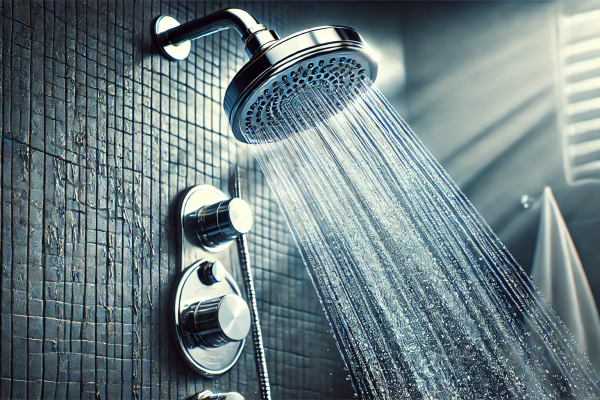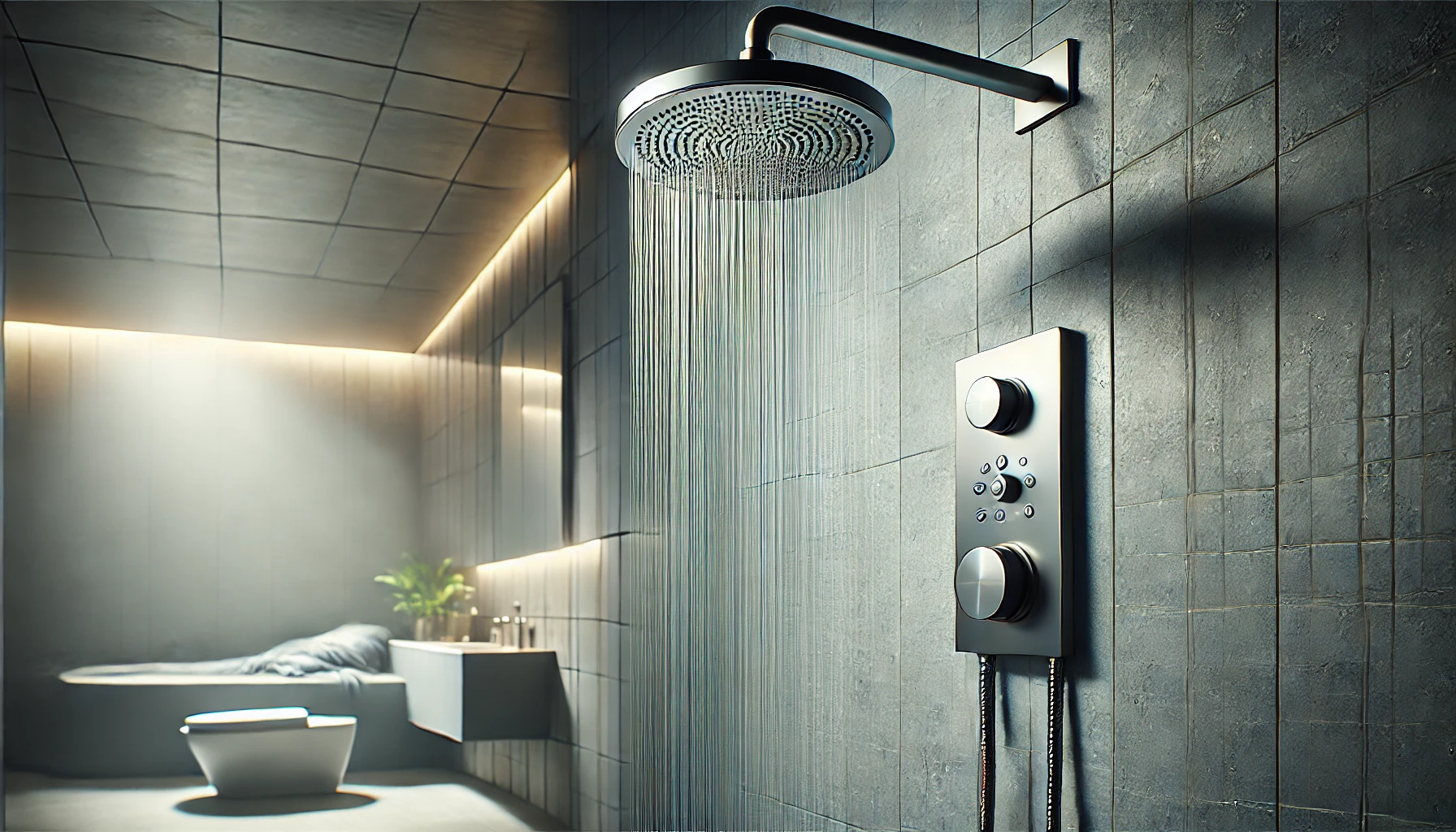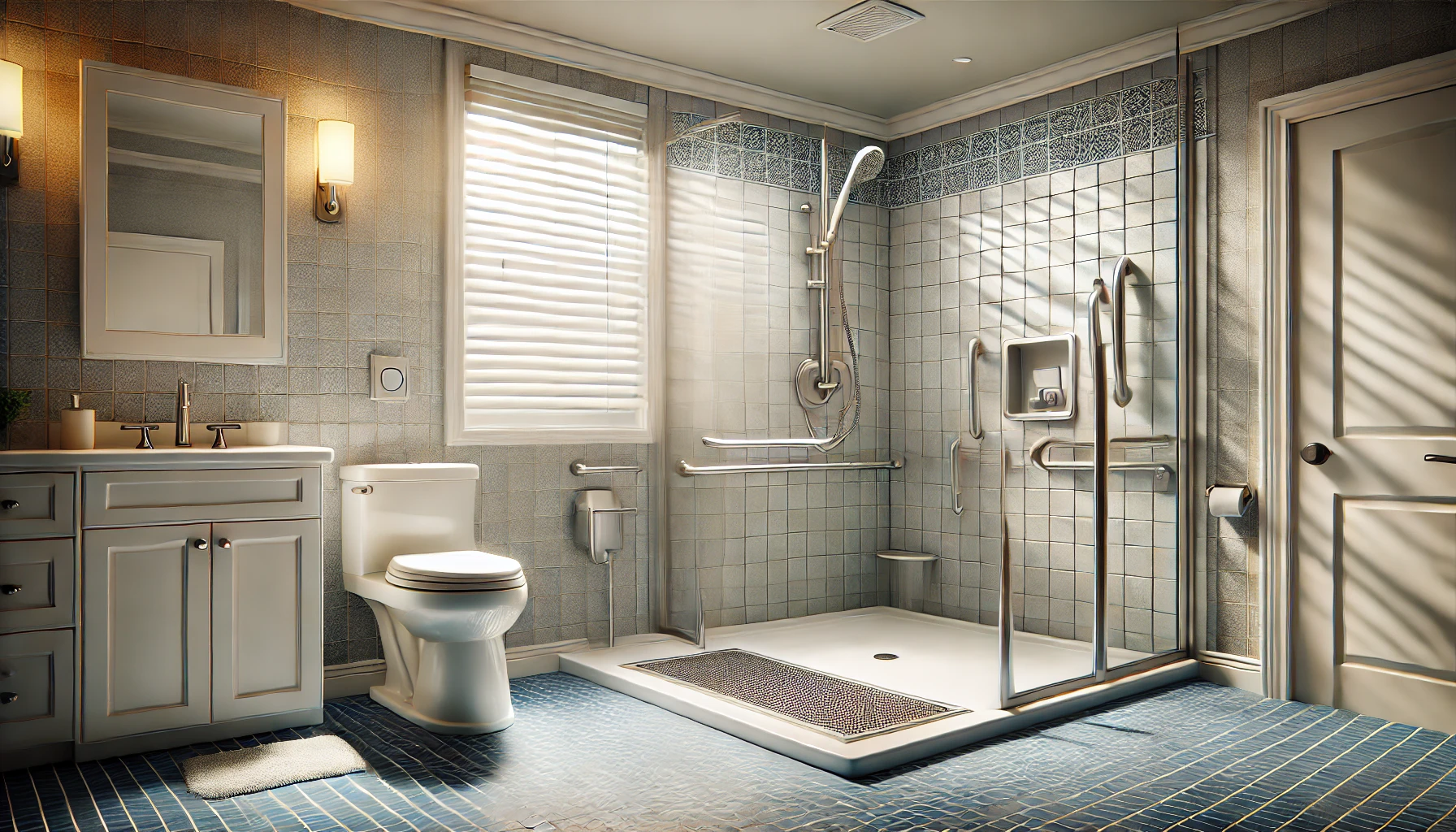
How to Fix Low Water Pressure in Your Shower: Expert Tips and Solutions
We've all been there: you step into the shower, expecting a refreshing stream of water, only to be greeted by a weak, inconsistent trickle. Low water pressure in the shower isn’t just frustrating; it can completely ruin your shower experience. Whether you're experiencing intermittent drops in water pressure or a constant struggle with weak flow, it’s important to understand the potential causes and how to fix them.
In this guide, we’ll walk you through the most common causes of low water pressure in the shower and provide you with effective solutions to restore that powerful, consistent flow. If you're living in Texas, where aging infrastructure, hard water, and extreme temperatures can all contribute to plumbing problems, this article will offer the tips you need to fix your shower water pressure once and for all.
Understanding the Causes of Shower Water Pressure Loss
Before diving into solutions, it’s important to know what might be causing the water pressure problems. By understanding the root causes, you’ll be able to address the issue directly and take the necessary steps to prevent future disruptions.
Shower Mixing Valve Problems
Cause:
One of the most common causes of fluctuating water pressure in the shower is a pressure balance shower valve. This valve controls the temperature of the water by mixing hot and cold water at a specific pressure level. The problem arises when you use other fixtures in your home, like flushing a toilet, which diverts cold water to refill the tank. This leads to a pressure drop in the cold water line, causing the shower to temporarily become scalding hot.
How to Avoid It:
To solve this, consider installing a thermostatic mixing valve. This valve allows you to control both the temperature and pressure separately, preventing any fluctuations caused by other plumbing fixtures being used. A plumber can help you upgrade your current valve to ensure you never have to worry about temperature and pressure changes mid-shower.
Malfunctioning Diverter Valve
Cause:
If you have a bathtub and shower combo, you probably use a diverter valve to switch the water flow between the bathtub faucet and the showerhead. Over time, these valves can become clogged, malfunction, or even break, resulting in water flowing normally through the bathtub faucet but with reduced pressure at the showerhead.
How to Avoid It:
If you suspect a malfunctioning diverter valve, it’s best to call a plumber to have the valve inspected and replaced if necessary. This relatively small repair can restore full water pressure to your showerhead.
Water Pressure Reduction Valve Needs Adjustment
Cause:
If your water pressure problem affects multiple fixtures in your home, the issue could lie with the water pressure reduction valve. This valve is located near where the main water line enters your home and controls the overall water pressure in your plumbing system. If the valve is misadjusted, malfunctioning, or broken, it can result in a significant loss of water pressure.
How to Avoid It:
Adjusting or replacing the water pressure reduction valve is a job best left to a professional plumber. A simple adjustment can often fix the issue and restore water pressure to all fixtures in your home.
Broken or Obstructed Pipe
Cause:
The worst-case scenario is a broken pipe, which can cause water to leak out and result in a significant loss of pressure. Leaking pipes can go unnoticed for a long time and lead to water damage in hidden areas of your home. If you hear water running where it shouldn’t be, or if you notice any unusual water stains or dripping, you may have a broken pipe.
How to Avoid It:
To prevent broken or leaking pipes, regular maintenance is key. Make sure your pipes are checked for clogs and wear, and replace any old, deteriorating pipes as soon as possible. In Texas, extreme heat can cause pipes to expand and contract, leading to cracks and leaks. Stay proactive by scheduling routine inspections with your plumber.
Solutions to Fix Low Shower Water Pressure
Now that we’ve explored the common causes of low water pressure, let’s discuss some solutions you can try to restore pressure and improve your shower experience.
Clean and Replace Showerheads
Cause:
A clogged showerhead is one of the easiest causes of low pressure, and it’s often the result of mineral deposits, especially in areas with hard water. These deposits can build up inside the nozzles and restrict water flow, leading to weak pressure.
Solution:
To fix this, unscrew the showerhead and soak it in a cleaning solution to remove the mineral buildup. After soaking, use an old toothbrush to scrub away any remaining debris. If cleaning doesn’t resolve the issue, replacing the showerhead with a more powerful one can provide a noticeable improvement in water flow.
Install a Shower Pump
Cause:
If the issue isn’t related to specific fixtures or valves, the water pressure in your entire home might be low. In this case, installing a shower pump can help increase water pressure at the showerhead by boosting the flow rate.
Solution:
A shower pump can be installed by a plumber and is an effective solution for increasing water pressure in your shower. It’s especially useful if you have an older home with low water pressure throughout the plumbing system.
Install a Water Softener
Cause:
As mentioned earlier, hard water can contribute to clogged pipes and showerheads, reducing water flow and pressure over time.
Solution:
Installing a water softening system can help reduce mineral buildup in your pipes and showerhead, preventing pressure loss in the future. These systems work by removing calcium and magnesium minerals from the water, improving water quality and pressure.
Service Your Water Heater
Cause:
A malfunctioning or clogged water heater can also affect your shower’s water pressure, especially if the hot water isn’t flowing properly.
Solution:
Schedule a regular maintenance check for your water heater to ensure it’s running efficiently. A plumber can flush the tank to remove sediment buildup and ensure proper hot water pressure.
When to Call a Professional Plumber
If you’ve tried the above solutions and are still experiencing low water pressure in your shower, it’s time to call in the professionals. A plumber will have the tools and expertise to diagnose the issue and provide a permanent solution. They can inspect your entire plumbing system, repair any damaged pipes, and ensure that your water pressure is restored.
Conclusion: Fixing Low Water Pressure for Good
Low water pressure in the shower is a common but frustrating issue that can be caused by a variety of factors. By understanding the causes and trying the solutions outlined above, you can restore your shower to its full potential. In Texas, where aging infrastructure and extreme weather conditions can exacerbate plumbing issues, taking action early is essential. If you’re not comfortable addressing the issue yourself, don’t hesitate to call a trusted plumber to help you restore your water pressure and improve your shower experience.






